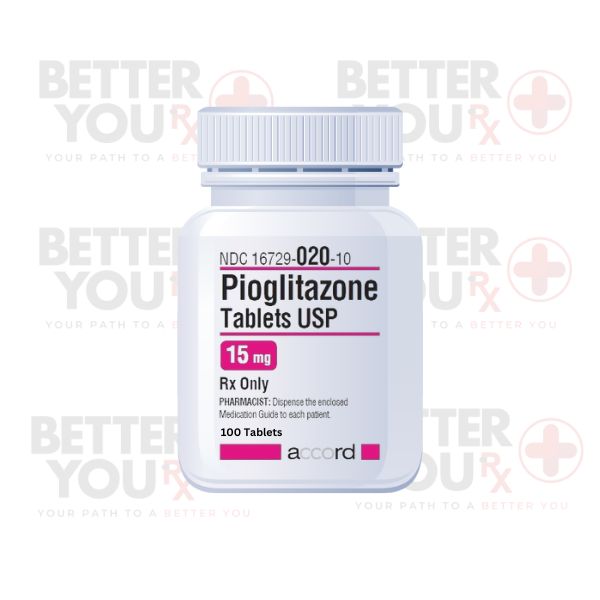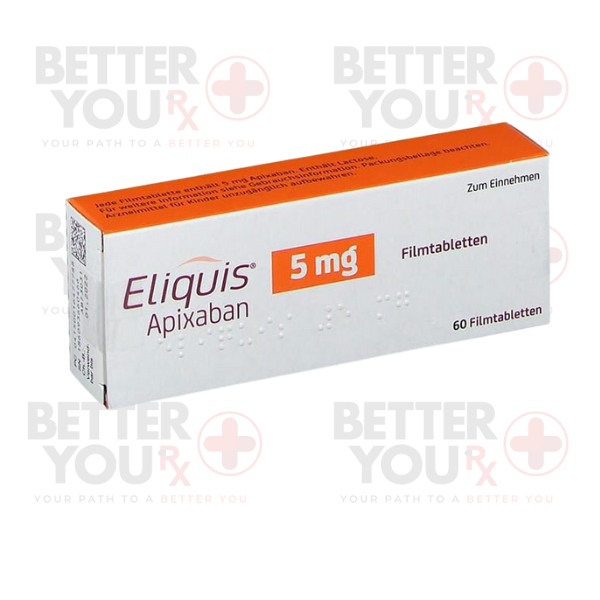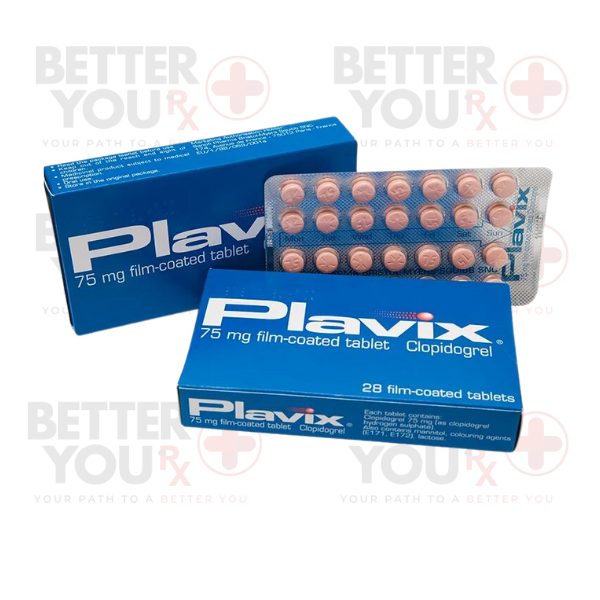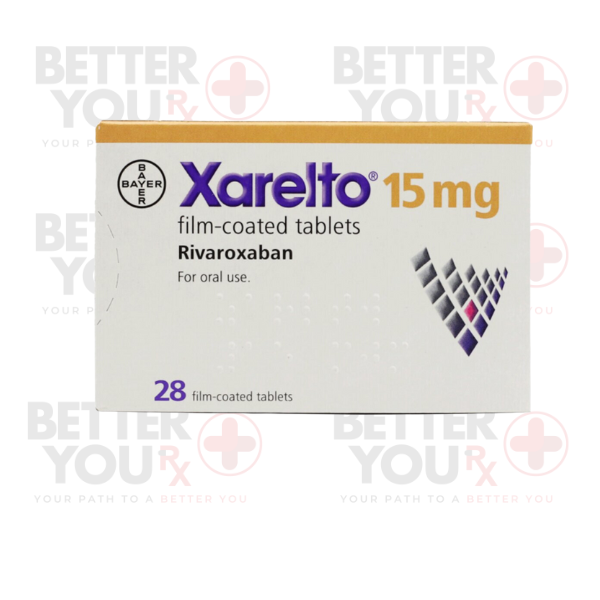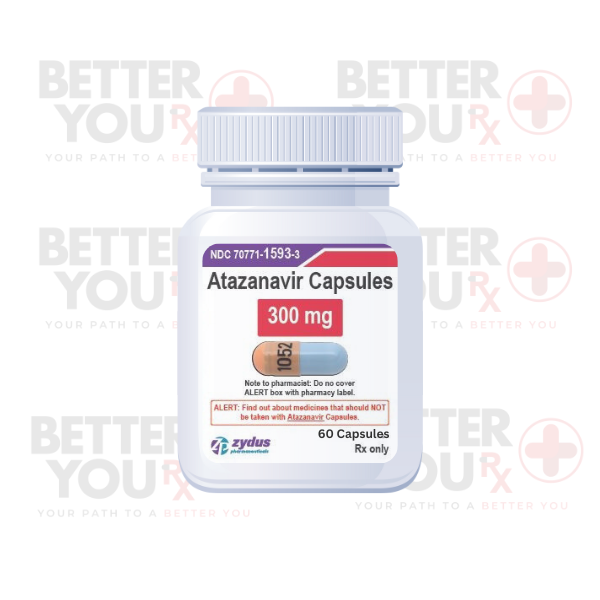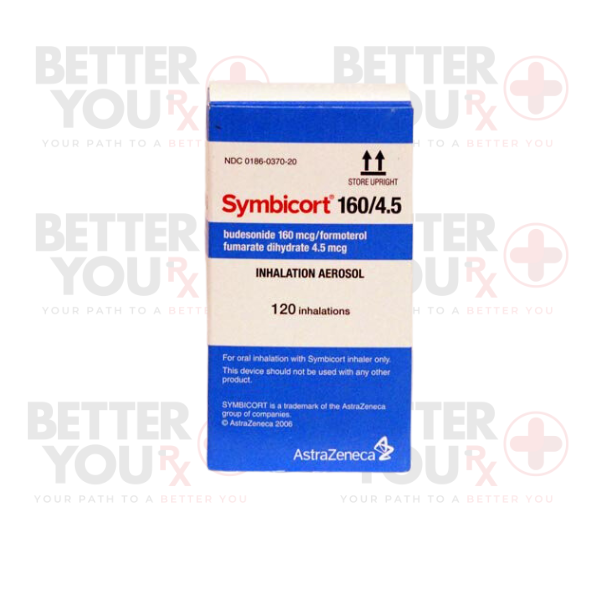SAVE 10% OFF First Order With Coupon Code: happyhealth
Buy Pioglitazone from Canada
$40.00 – $84.00
Pioglitazone functions by binding to peroxisome proliferator-activated receptors (PPARs) found in the body’s tissue, specifically the PPAR-gamma receptors in fat cells, liver cells, and skeletal muscle cells. Activation of PPAR-gamma receptors modulates the transcription of insulin-responsive genes involved in the control of glucose and lipid metabolism. By improving the efficiency of insulin, pioglitazone reduces blood glucose levels and lowers the need for exogenous insulin administration in patients. Its precise action helps alleviate the insulin resistance characteristic of type 2 diabetes, offering a strategic approach to managing this chronic condition.
Description
Pioglitazone is a medication used primarily to treat type 2 diabetes mellitus, a condition characterized by high blood sugar levels and insulin resistance. It belongs to the class of drugs known as thiazolidinediones. It works by increasing the body’s sensitivity to insulin, thereby enhancing glucose utilization and improving glycemic control. Pioglitazone is available in tablet form and is often used in conjunction with diet and exercise to achieve optimal blood sugar management in patients with type 2 diabetes.

